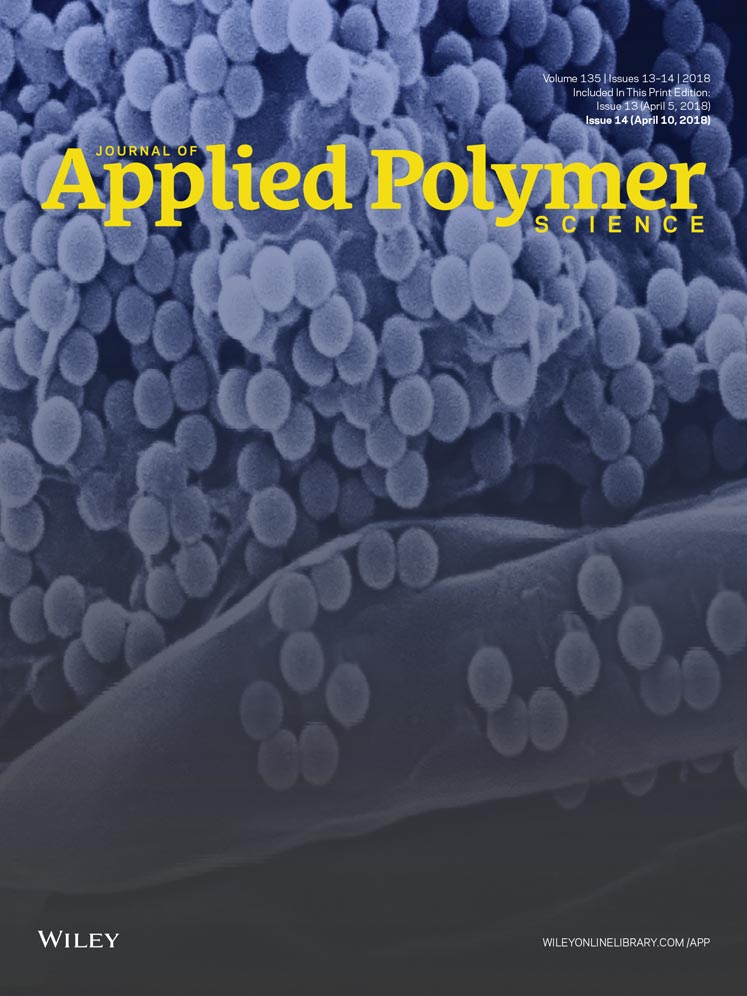Mechanical performance of tubular composites reinforced by innovative 3D integrated knitted spacer fabrics
ABSTRACT
This article aimed to investigate the mechanical performance of 3D integrated knitted spacer composites with a tubular shape, in term of internal hydrostatic and external static pressures (ESP). All the tubular-knitted fabrics were produced on a modern flat knitting machine using untwisted glass and HT-nylon yarns. Then, the epoxy resin was transferred through the whole fabric structure via vacuum infusion molding process. Produced tubular composites were subjected to internal hydrostatic and ESP. Accordingly, force–displacement curves were obtained and experimental results were discussed. The results revealed that the tubular composite samples containing non-knitting yarns show 27.33 and 37.50% improvement in internal hydrostatic and ESP, respectively, compared with the plain knitted fabric reinforced composite. Also, the finding demonstrated that mechanical performance of the tubular-knitted spacer composites is highly affected by aspect ratio and the number of connecting layers. Knitted spacer reinforced composite containing 5 and 10 connecting layers can improve the resistance against internal hydrostatic pressure 35.08 and 51.29%, respectively, compared with the plain knitted reinforced composites. In this case, 84.20 and 89.86% improvement can be achieved in term of the resistance against ESP. © 2017 Wiley Periodicals, Inc. J. Appl. Polym. Sci. 2018, 135, 46074.




